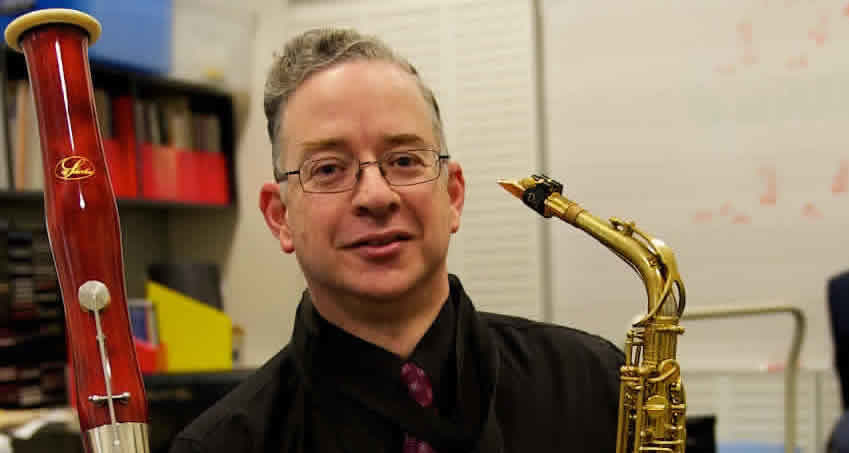Preparing for an Exam part 1

We take a look at how best to prepare for a practical music performance exam. Exploring repertoire selection, timelines, and practice techniques.
Selection of material
The selection of the music for any examination is important and needs careful attention. Most examination systems have set lists to choose from and each list usually represents differing periods/styles of music. It is very important that the regulations and requirements are fully understood and complied with so that no penalties are applied.
It is always my aim when choosing examination material for my students that a good variety is presented and that it enables the students to present their skills, not their limitations. To this end I choose two pieces from each list so that at a later date a more informed choice can be made and benefit the student.
Another issue (mostly for teachers) is that when presenting a number of candidates at the same level a variety of pieces for the students is a benefit (especially for the examiner!) and saves endless repetition.
Choosing pieces that you think will achieve the best result can be a dangerous action, as it only works if you can perform them at the level expected. The final choices should be based on which ones you play well and enjoy the most.
Timeline
Many students under perform at examinations due to either inadequate preparation or poor practice methods. As a teacher, I request my students have their technical work almost learnt prior to me entering them for the exam. This ensures that their pieces can then be a major component of the remaining time of preparation without detriment to their technical work. Students do learn at different rates and this needs to be taken into consideration by the teacher.
For examinations where pieces are the only component, a timeline of preparation is a useful tool in ensuring all work is prepared to the required level in the required period of time. Always leave a couple of spare weeks at the end to take the pressure off. When plotting a timeline, take into account other things that may impact on your preparation i.e. Holidays, other examinations/tests/potential illness, school work etc.
Practice techniques
This is an area that will be further explored in a latter article but it is important to note that you should practice what needs to be practiced not endlessly playing what feels comfortable. Too many students always go back to the beginning of the piece (which becomes the most practiced section) when they make an error, rather than concentrating on the area in need. If you have limited time to practice then only practice what NEEDS to be worked on. Don’t feed your ego!
Aims of practice (focus)
Simply put, you should always aim to finish your practice with improvement in some aspect of your playing. Often this is only small, but will accumulate over time and the improvement will become obvious.
It is wise to aim for small specific areas of improvement rather than global efforts. For example improve half a page of a movement instead of endless practice from beginning to end with errors becoming ingrained instead of eradicated.
Don’t practice when you are tired as it often leads to less common errors being made and at times a demoralising outcome. Try to establish a regular practice time and routine and be focused at all times.
Don’t complicate it, just fix it and enjoy making music.
Methods of practice
Scales
There are two different areas of learning in respect to Technical work, The first is understanding the different scale formats and applying them to your instrument and the second is learning the required technique (i.e. finger movement). Both of these forms of learning are required for long term memory gain. The major issues I have found with students are that they don’t firstly give themselves enough time to learn new material and secondly they don’t have a method of recalling the information when required.
Further discussion of this topic can be found in a later article.
Pieces / Studies
In general, practice the pieces in smaller sections until fully confident and able to play in larger sections and then in total. Try to listen to recordings of the works and practice as often (if appropriate) with an accompanist.
Aural Tests
Practice as often as possible. If you are less confident in this area, start your preparations as early as possible and become familiar with the requirements. Remember that you don’t need to be able to sing like an Opera singer, but just be accurate with your pitching. Most students who have difficulties with this are troubled by voice placement more than actual pitching. A good exercise is to match individual pitches from the piano. The other issue is one of memory. Students often forget the exercise or remainder of the exercise and this can be improved by practice.
View 'Preparing for an Exam Part 2'
----------------------------
Neville Shade B.Ed.
Professional Woodwind Doubler/ Teacher
Senior AMEB Examiner/VCAA Assessor
Deputy Director of Music - Methodist Ladies College (Melbourne)
Involved with recent syllabus reviews and new syllabus development. Neville also takes a keen interest in the development and improvement of the teaching of Woodwind instruments.
